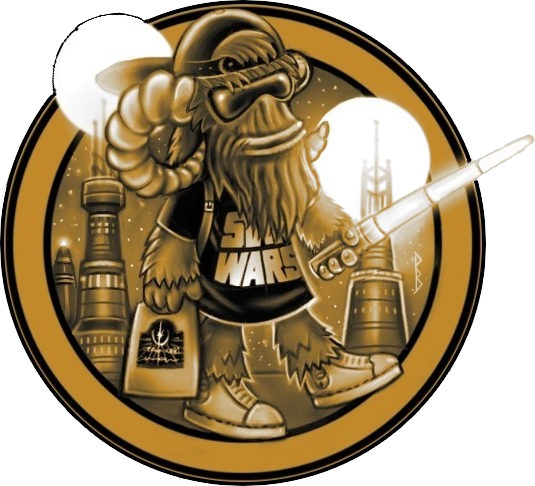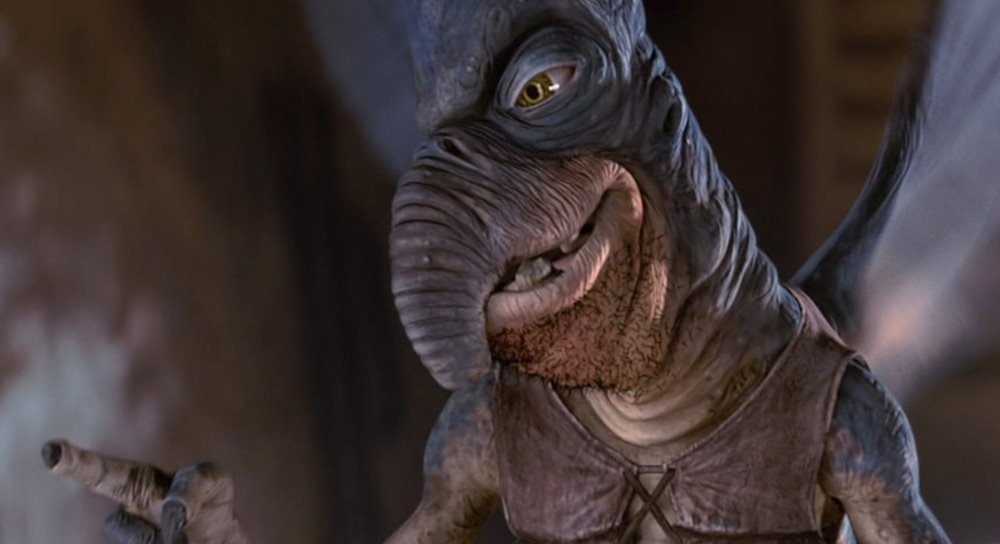While The Phantom Menace was a game-changer in almost every department – criminally overlooked by the Academy for its visual effects advancements while its additions to the broader elements of the saga are still being felt today – the journey to the screen in 1999 and what we saw was the result of years of tweaks and improvements including the development of Viewpaint, a system that allowed natural looking skins to be added onto 3D surfaces of characters like Watto.
Developed by Tom Williams and John Schlag, among others, the tool that brought new visual depth and richness to Jurassic’s dinosaurs was called Viewpaint. Its chief aim was to allow the digital artist to more easily paint skin and textures onto a three-dimensional surface. “Traditionally in CG, the artist had to paint the flat surface and assimilate what it would look like wrapped on the 3D object,” artist TyRuben Ellingson would explain in the book, Industrial Light & Magic: Into the Digital Realm. “Viewpaint allows you to see maps on the geometry of the sculpture as you paint.”
The software helped bring to life the running herds of gallimimus and the hulking Tyrannosaurus Rex stomping her way through a stormy jungle. As Bolte explains, “Viewpaint took some of the ‘CG-ness’ out of things. There was so much perfection and smoothness at that time, and all of a sudden there was a way to hack away at things and have them tell a story. Just by being on a screen, there was a story there. You could tell how old something was. If it was a creature, was it a predator or prey, or aquatic? How did it live? Was it old and beat up? And it’s not just creatures, but hard-surface as well. Is it rusty or scraped in some way? Those things tell stories too.”
[amazon box=”0593723090″


